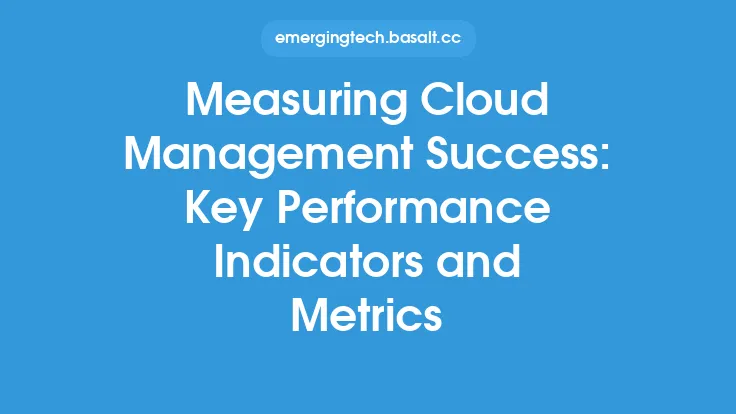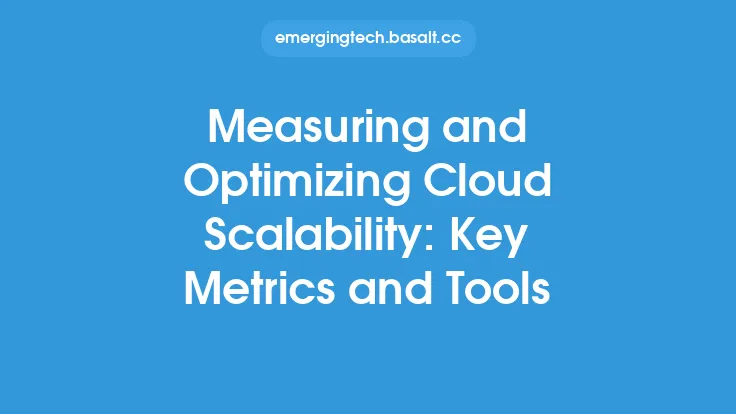Effective vulnerability management is crucial for maintaining a strong cybersecurity posture. It involves identifying, classifying, prioritizing, and remediating vulnerabilities in an organization's systems, networks, and applications. To measure the success of a vulnerability management program, it's essential to track and analyze various metrics and Key Performance Indicators (KPIs). These metrics and KPIs provide insights into the program's effectiveness, help identify areas for improvement, and enable data-driven decision-making.
Introduction to Vulnerability Management Metrics
Vulnerability management metrics are quantifiable measures used to evaluate the performance and effectiveness of a vulnerability management program. These metrics can be categorized into several types, including vulnerability discovery, risk assessment, remediation, and program management. Common vulnerability management metrics include the number of vulnerabilities discovered, vulnerability density, risk scores, remediation rates, and mean time to remediate (MTTR). By tracking these metrics, organizations can gain a better understanding of their vulnerability landscape and make informed decisions about resource allocation and prioritization.
Key Performance Indicators (KPIs) for Vulnerability Management
KPIs are specific, measurable values that indicate how well an organization is achieving its vulnerability management objectives. Effective KPIs should be relevant, measurable, achievable, relevant, and time-bound (SMART). Some common KPIs for vulnerability management include:
- Vulnerability detection rate: The number of vulnerabilities detected per scan or assessment.
- Vulnerability remediation rate: The percentage of vulnerabilities remediated within a specified timeframe.
- Mean time to detect (MTTD): The average time taken to detect a vulnerability.
- Mean time to remediate (MTTR): The average time taken to remediate a vulnerability.
- Vulnerability risk score: A numerical score representing the risk posed by a vulnerability.
- Compliance rate: The percentage of systems or applications that are compliant with vulnerability management policies and procedures.
By tracking these KPIs, organizations can evaluate the effectiveness of their vulnerability management program and identify areas for improvement.
Metrics for Vulnerability Discovery and Risk Assessment
Vulnerability discovery and risk assessment are critical components of a vulnerability management program. Metrics for these components include:
- Vulnerability density: The number of vulnerabilities per unit of code or per system.
- Vulnerability distribution: The distribution of vulnerabilities across different systems, networks, or applications.
- Risk scores: Numerical scores representing the risk posed by a vulnerability, often based on factors such as exploitability, impact, and likelihood of exploitation.
- Common Vulnerability Scoring System (CVSS) scores: A standardized scoring system for vulnerabilities, providing a numerical score representing the risk posed by a vulnerability.
By tracking these metrics, organizations can gain a better understanding of their vulnerability landscape and prioritize remediation efforts based on risk.
Metrics for Remediation and Program Management
Remediation and program management are essential components of a vulnerability management program. Metrics for these components include:
- Remediation rate: The percentage of vulnerabilities remediated within a specified timeframe.
- Mean time to remediate (MTTR): The average time taken to remediate a vulnerability.
- Remediation backlog: The number of vulnerabilities awaiting remediation.
- Program coverage: The percentage of systems, networks, or applications covered by the vulnerability management program.
- Resource utilization: The percentage of resources (e.g., personnel, budget) allocated to vulnerability management.
By tracking these metrics, organizations can evaluate the effectiveness of their remediation efforts and identify areas for improvement in program management.
Technical Considerations for Vulnerability Management Metrics
When implementing vulnerability management metrics and KPIs, several technical considerations must be taken into account. These include:
- Data collection and integration: Vulnerability management metrics require data from various sources, including vulnerability scanners, configuration management databases, and incident response systems.
- Data analysis and visualization: Effective data analysis and visualization are critical for gaining insights from vulnerability management metrics.
- Metric normalization: Metric normalization is essential for comparing metrics across different systems, networks, or applications.
- Threshold setting: Threshold setting is critical for defining acceptable risk levels and triggering remediation efforts.
- Automation: Automation is essential for streamlining vulnerability management processes and reducing manual errors.
By considering these technical factors, organizations can ensure that their vulnerability management metrics and KPIs are accurate, reliable, and actionable.
Best Practices for Implementing Vulnerability Management Metrics and KPIs
To implement effective vulnerability management metrics and KPIs, organizations should follow several best practices. These include:
- Establish clear goals and objectives: Clearly define the goals and objectives of the vulnerability management program.
- Select relevant metrics and KPIs: Choose metrics and KPIs that align with the program's goals and objectives.
- Implement a metrics collection and analysis framework: Establish a framework for collecting, analyzing, and visualizing vulnerability management metrics.
- Regularly review and update metrics and KPIs: Regularly review and update metrics and KPIs to ensure they remain relevant and effective.
- Communicate metrics and KPIs to stakeholders: Communicate vulnerability management metrics and KPIs to relevant stakeholders, including management, incident response teams, and system administrators.
By following these best practices, organizations can ensure that their vulnerability management metrics and KPIs are effective, actionable, and aligned with their overall cybersecurity strategy.





